September 27, 2021 - The rich heritage of continuous habitation in continental Croatia dating back to the pre-Roman era is documented in the new Iovia Archaeological Park in Ludbreg.
One of the surprising discoveries in the fascinating world of continental Croatian tourism a few years ago was finding out that the oldest continuously inhabited town in Europe was located there. I must confess that when I heard this, I was very surprised - even more so when I had never actually heard of the town. It was just one of the many interesting things you can learn about Vinkovci: 10 Things to Know about Europe's Oldest Town.
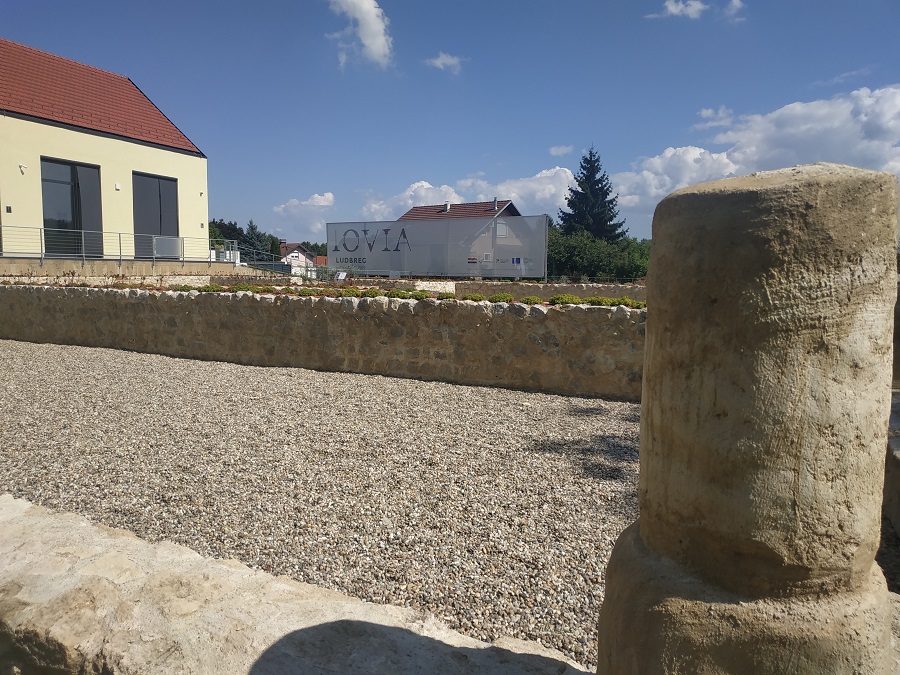
Visitors to the Adriatic coast will be familiar with the rich Roman history, with fabulous examples of its glorious past to be found in UNESCO World Heritage Site, Diocletian's Palace in Split, the Pula Area, and ancient Salona in Solin. Lesser known is the rich Roman history further inland in Croatia.
An important addition to preserving this heritage opened in June this year, in the form of the Iovia Archaeological Park in Ludbreg. Opened in June this year by the Minister of Culture and located on Ludbreg's main square, which is famous for its claim to be the centre of the world, the Iovia Archaeological Park provides a timeline with artifacts of the history of Ludbreg, Croatia, and the world through a variety of multimedia tools.
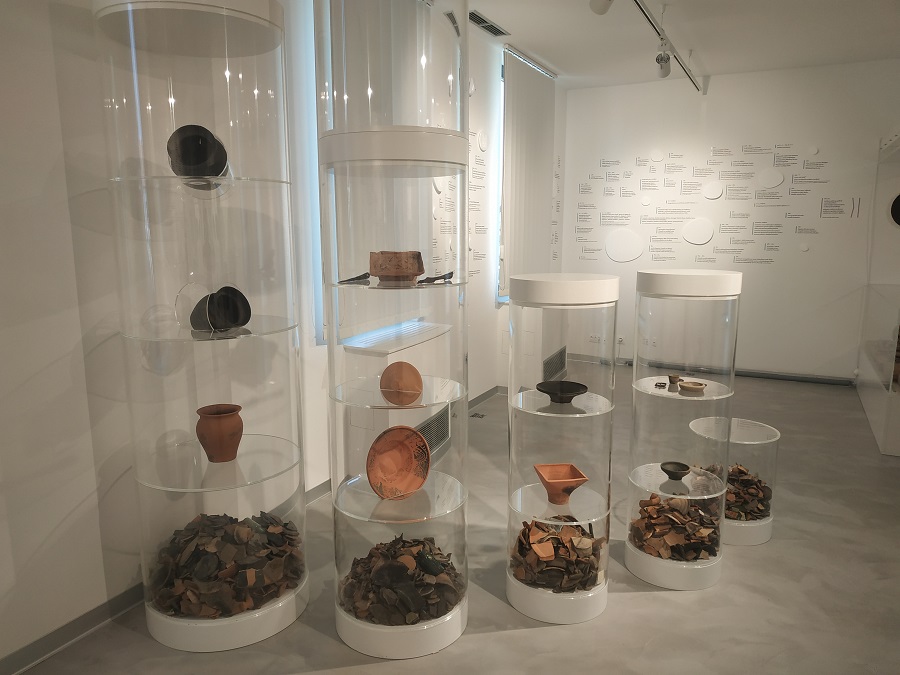
The timeline, which takes visitors through the important points of Ludbreg's long history, starts back in 20,000 BC, with the discovery of Erica, the most extensive and best-preserved Pleistocene woolly rhinoceros (Coelodonta antiquitatis) in Croatia. Erica was found in Mali Sigecak near Ludbreg in 1982.
Archaeological research in Ludbreg started in earnest some time before Erica's discovery, back in 1966. These continued from 1968 to 1979 and were conducted by the Archaeological Museum in Zagreb. And it appeared that Ludbreg had quite a history. Far from being a modern town, evidence of continuous living dating back over two millennia was unearthed.
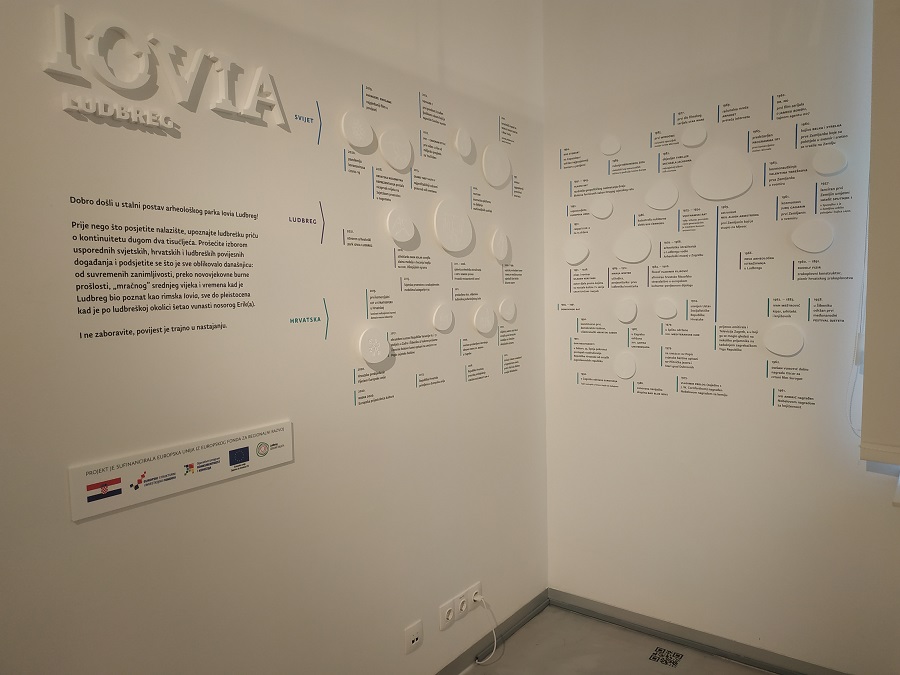
While the Roman era is perhaps the best-preserved, evidence of pre-historic sites from the first century BC to 4,000 BC were found in the wider Ludbreg area: Donji Martijanec, Globočec, Jalžabet, Ludbreg, Ludbreg - Katalena, Ludbreški Ivanac, Martijanec, Sigetec Ludbreški, Struga, Sveti Đurđ, Sveti Petar Ludbreški, Veliki Bukovec, and Vrbanovec.
The Roman settlement of Iovia, the forerunner of Ludbreg, was founded probably sometime after the end of the first century AD. In 1931, iron and bronze decorative parts of a Roman chariot dating back to the 2nd century AD were found in a tumulus, almost certainly the work of a Pannonian workshop.
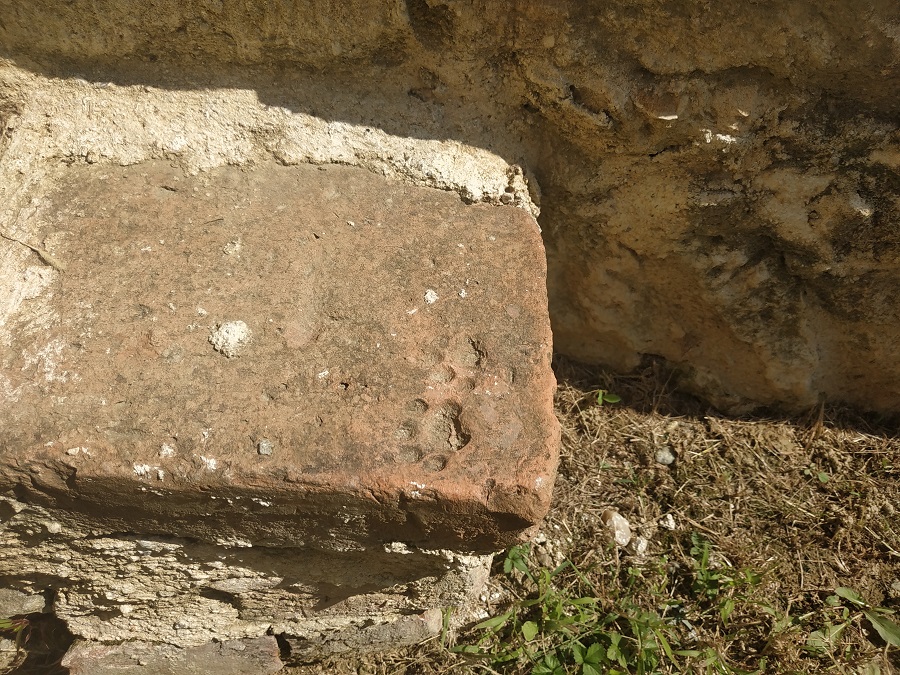
(A Roman cat leaves its mark in footprints)
The earliest archaeological finds dated Roman influence to the 2nd and 3rd centuries AD. The first known Roman find was back in 1859, a fragment with an inscription VALERIANVS CENTVRIO LEGIAE HIC IN LOCO IOVIA DICTO. This was followed in 1906 by part of a large bronze statue of a Roman Emperor. Then in 1942, a fragment of an altar with an inscription DEO SILVANO and IOVIA, the only preserved epigraphic confirmation of Iovia from Ludbreg.
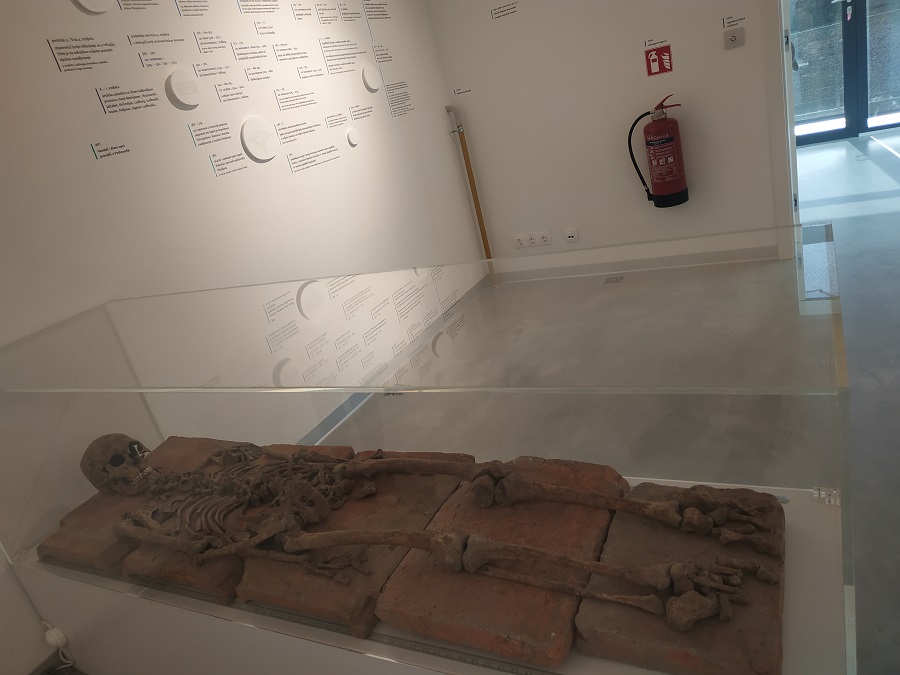
The biggest exhibit in the main building has been dated to around 420 AD. This is the skeleton of a man (about 55 years old) with neurosurgical intervention (trepanation) on the left side of the skull. He was buried with one silver buckle ring in a tomb made out of tegulae located in an adjacent Roman building.
From 2008 to 2011, the Croatian Restoration Institute conducted systematic archaeological research in the center of the town of Ludbreg ("Vrt Somođi"). During these works, the Roman building 1 (total gross area 230 m²) and most of the Roman building 2 (assumed gross area around 1780 m²) were fully explored. The excavated footprints of these buildings now constitute the external part of Iovia Archaeological Park behind the exhibition building.

The Iovia bathing house (Roman object 1) typologically belongs to the group of smaller baths (balneae), while according to the organization of space it belongs to the group of undiluted baths. Due to the spatial relationship with the neighbouring Roman facility, it can be defined as private. Such a form of bathing was widespread throughout the Roman Empire. The Iovia bathing house and the thermal springs in Varaždinske Toplice (Aquae Iasae) are the only fully explored facilities for this purpose in the Croatian part of the Roman province of Pannonia.
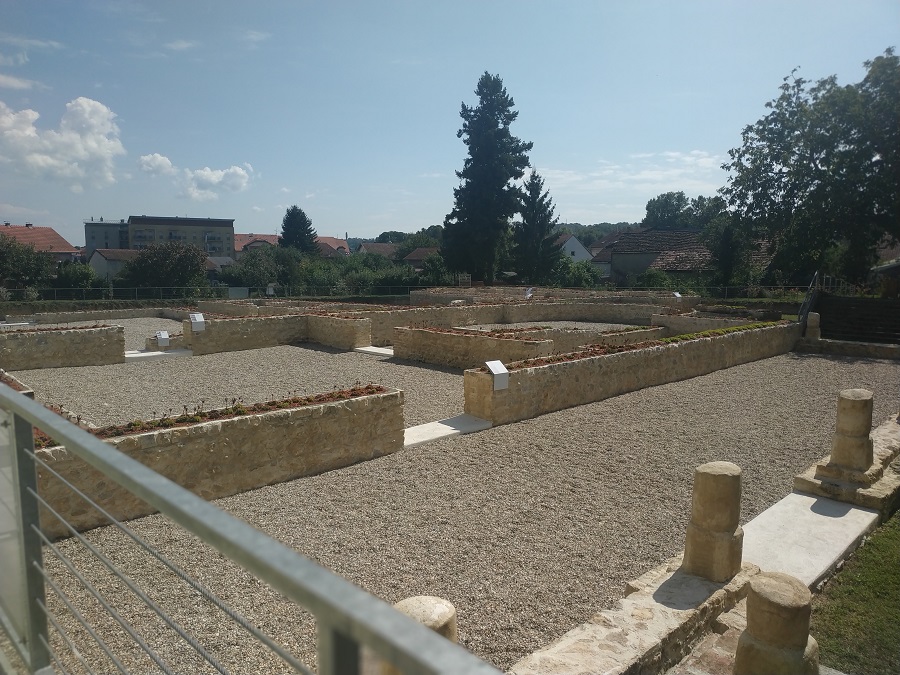
North of the baths, most of the Roman building 2 was explored, organized around a rectangular (uncovered) courtyard and defined on the west side by a porch. The building was built at the same time as the swimming pool, and was rebuilt and enlarged over the following centuries.
The two buildings were deemed to have been built during the second half of the 1st century and abandoned by 420 at the latest. They are typologically the most similar to the portico and peristyle type villas. This type was one of the most frequently used floor plan in the Pannonian, ie Danube - Balkan area.
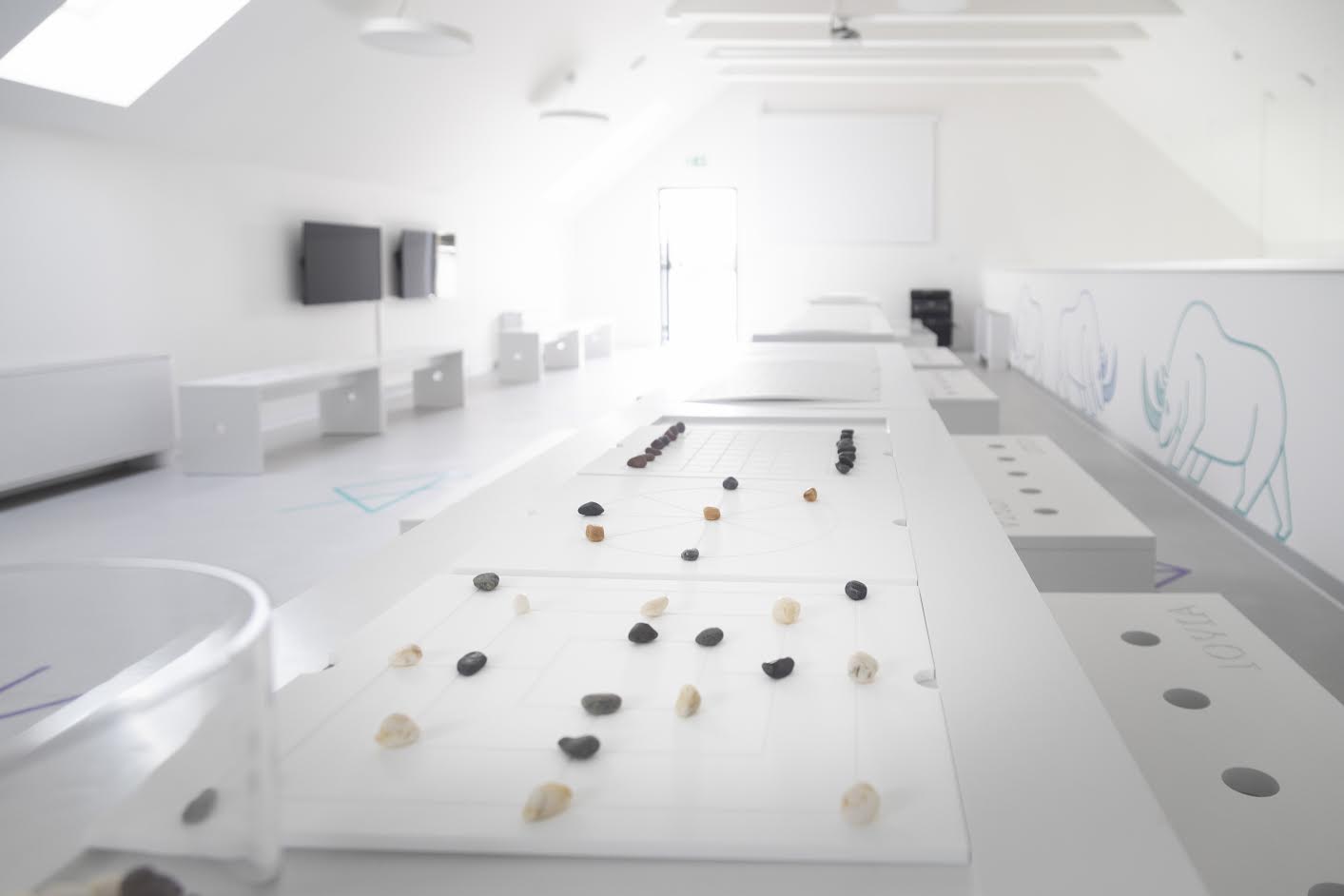
Iovia Archaeological Park is using different tools to bring to life the Roman and pre-historic past of the Ludbreg. One of the key target markets for Iovia is the younger generation, and many school trips are expected once the COVID-19 situation improves. The top floor is given over to a creative space for workshops, using various tools to bring to life a past era. Among these is the intriguing opportunity to learn how to play a variety of Roman board games. We will take a look at the Roman games on offer in Ludbreg - Latrunkuli, Terni Lapilli, and Mlin (Merellus) in a subsequent article.
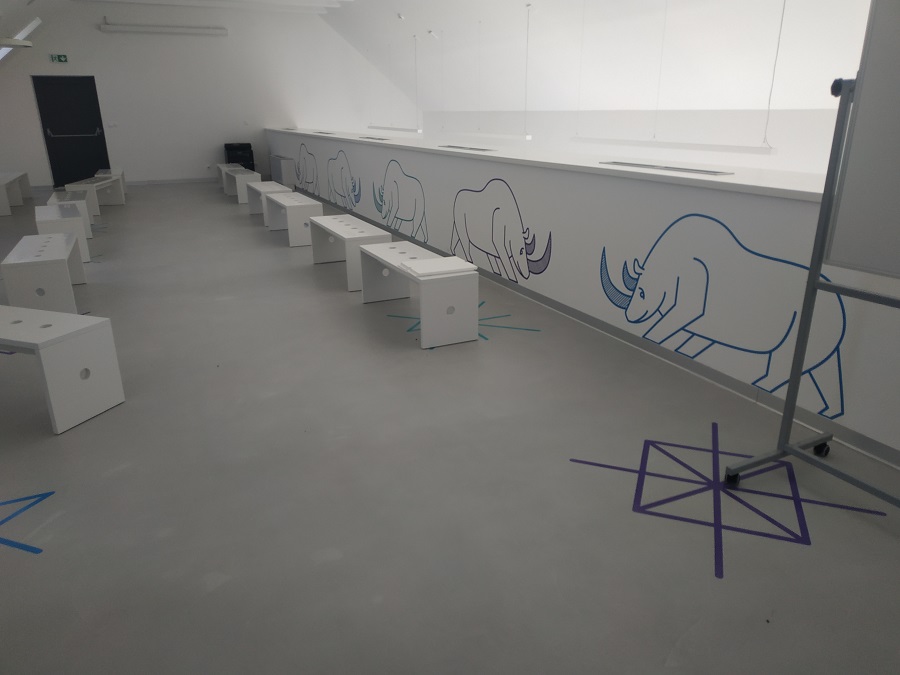
Tourism in continental Croatia is developing step by step. There is a huge story to be told of its rich heritage, and Iovia Archaeological Park is one more important step in the jigsaw. You can learn more about Iovia from the official website.
For the latest news from Ludbreg, follow the dedicated TCN section.


